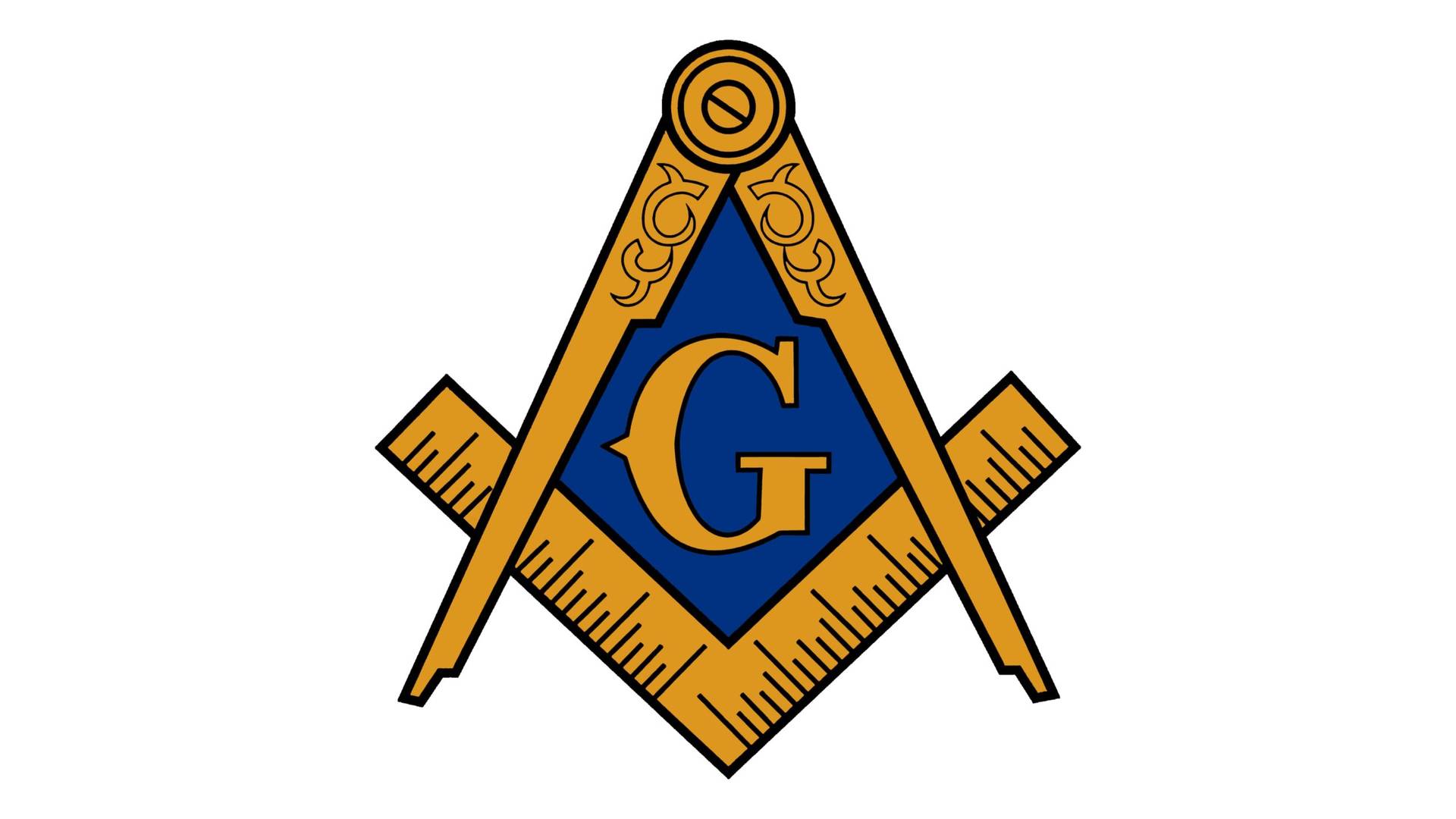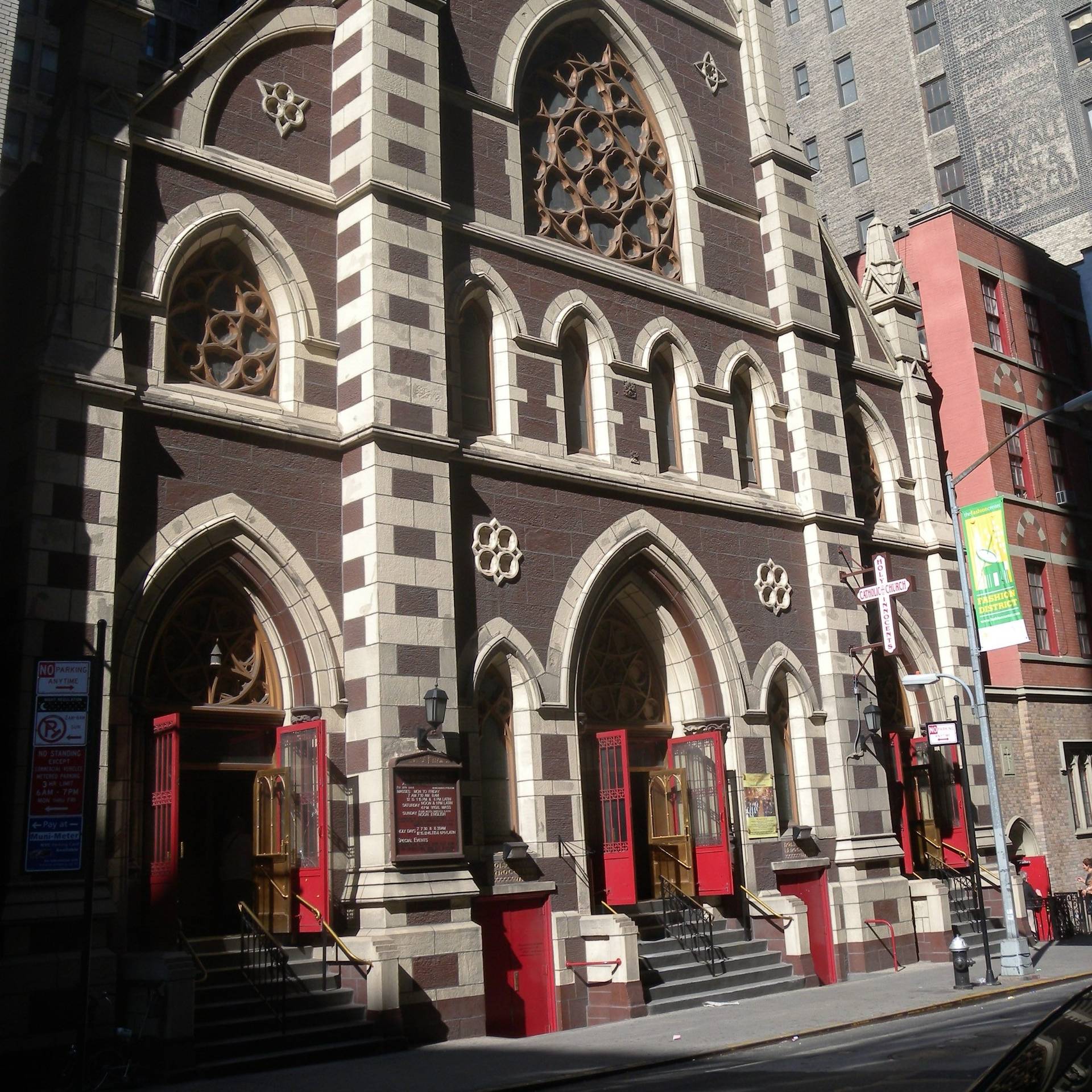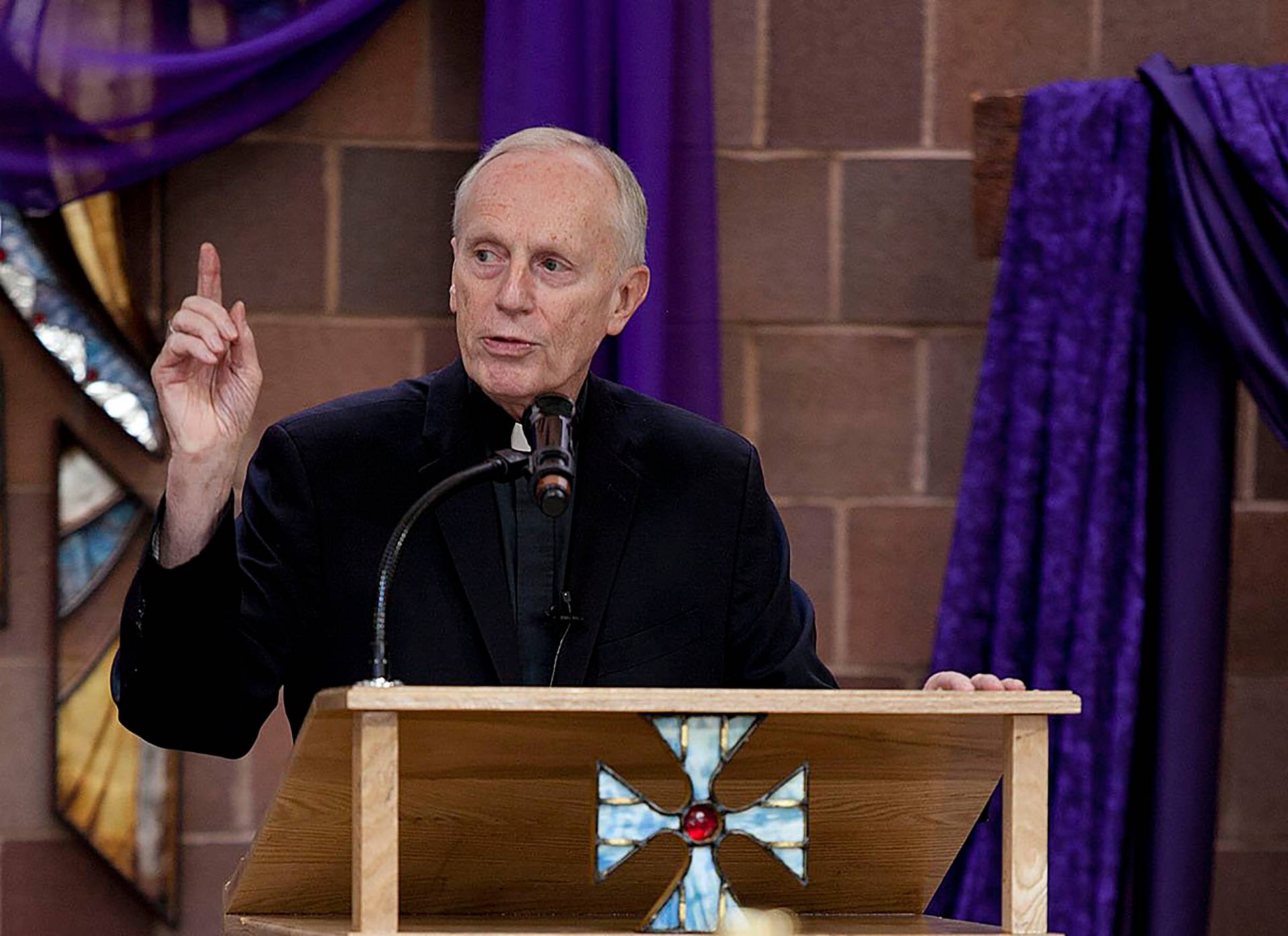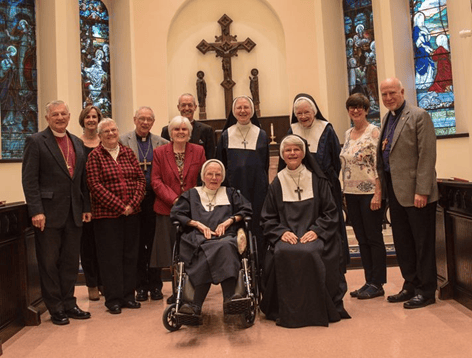ROME — When we think about papal primacy, the focus is generally on a pope’s power in the present: “Supreme, full, immediate and universal ordinary power in the Church, which he is always able to exercise freely,” in the language of the Code of Canon Law.
Yet a pontiff also enjoys a degree of power over the past as well, especially which parts of it are remembered and celebrated, and which controversial figures in Catholic history are rehabilitated and presented as role models. That’s the kind of power Pope Francis will be wielding when he goes to the small Italian town of Bozzolo on June 20 to pray at the tomb of Don Primo Mazzolari.
The announcement of the pope’s visit, which is being billed as strictly private, was made by Bishop Antonio Napolini on Sunday at the end of a Mass commemorating the 58th anniversary of Mazzolari’s death. This being the 21st century, Napolini read the announcement from Archbishop Georg Gänswein, Prefect of the Papal Household, from his smart phone, where he had just received the news minutes before.
“Primate of Italy” is, of course, one of the pope’s titles, and in principle there’s nothing especially exceptional about a pope visiting an Italian town. The choice of Bozzolo and the tomb of Mazzolari, however, speaks volumes about the kind of Catholic Church that Pope Francis wants to lead.
Born in 1890 and dead in 1959 at the age of 69, Mazzolari was, basically, Pope Francis before Francis was cool.
Bozzolo is a small town of about 4,000 people located in Lombardy in northern Italy. Mazzolari was known in his day as the “pastor of Bozzolo,” because it’s where he served, and it was also where he was essentially sentenced by ecclesiastical authority when a prohibition was imposed in 1954 on allowing Mazzolari to speak or write outside the boundaries of his own parish.
He was a classic product of the liberal Italian Catholicism that flourished in northern Italy in his day. He grew up with a Risorgimento-era faith in democracy, meaning the optimism born of the push for Italian unification in the late 19th century. That put him at odds from the beginning with more intransigent elements of Catholic life in Italy, which saw modernity as the enemy of the Papal States and therefore of the faith.
One of Mazzolari’s famous lines, from 1907, was, “I love the Church and the pontiff, but my devotion and my love don’t destroy my Christian conscience.”
Mazzolari was ordained in 1912 and served as a military chaplain during the First World War. His anti-fascist inclinations were clear early on, when, in 1925, he was denounced by followers of Mussolini for refusing to sing the “Te Deum” after Il Duce survived an assassination attempt. In 1931, a group of fascist gunmen attempted to shoot Mazzolari by calling him to the window of his parish residence one night, but he was unharmed.
Mazzolari was assigned to Bozzolo in 1932, and spent the rest of his life there. By 1943 he was a partigiano, meaning a support of the Italian resistance to fascism, and actively encouraged young people to take up the struggle. He was arrested and then forced to go underground until 1945 and the liberation of Italy by American forces. During that time, Mazzolari was known for hiding and saving numerous Jews and other enemies of the fascist regime.
After the war, Mazzolari turned his energies to the cause of Church reform. He founded a newspaper called Adesso in 1949, advocating a special love for the poor, a simplification of Catholic life, empowerment of the laity, religious freedom, “dialogue with those who are far away,” non-violence, and a distinction between theological error and the concrete human beings who hold those errors – all topics that would eventually come to flower in the Second Vatican Council (1962-65), but which, at the time, marked him as something of a rebel.
In 1951, Mazzolari was ordered to close his newspaper, and was also banned from speaking outside the diocese or publishing articles without prior ecclesiastical approval. In 1954, he was banned from speaking outside his parish and from publishing any articles on social themes.
In 1955, Mazzolari published an anonymous work called “You must not kill,” attacking the traditional Christian doctrine of a just war, arguing that in a nuclear age it had outlived its usefulness. The tract had a wide influence, even if it was only later that people realized Mazzolari had penned it.
Only towards the very end of his life, really only in his final months, did Mazzolari get any indication that officialdom was warming to his contributions. In 1957, then-Archbishop Giovanni Battista Montini of Milan, the future Pope Paul VI, invited Mazzolari to preach in his diocese, and in 1959, Pope John XXIII, who called Vatican II, received Mazzolari in audience and called him the “trumpet of the Holy Spirit in the land of Mantova,” referring to Mazzolari’s region of Lombardy.
Even though he’d probably come off as a solid conservative today, in his epoch Mazzolari was a progressive-minded reformer who was often viewed with suspicion by Church authorities, but whose vision more or less triumphed at Vatican II and is enjoying another springtime today.
When Pope Francis goes to Bozzolo on June 20, therefore, he’s doing far more than recalling the past. He’s also charting a course for the future, one informed and shaped by the legacy of Don Primo.

















